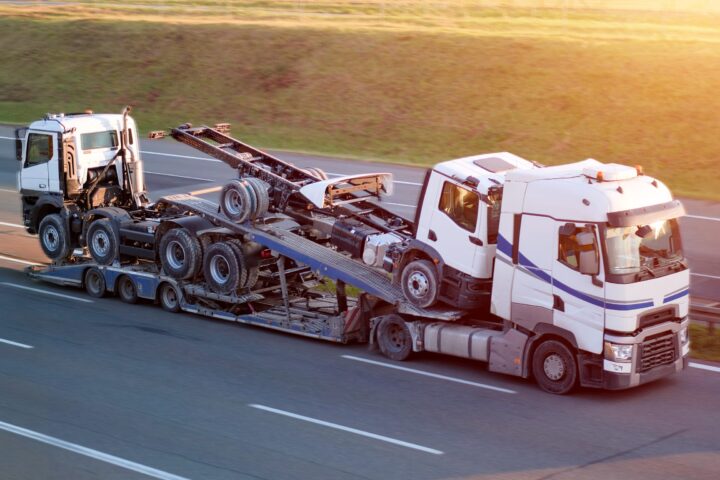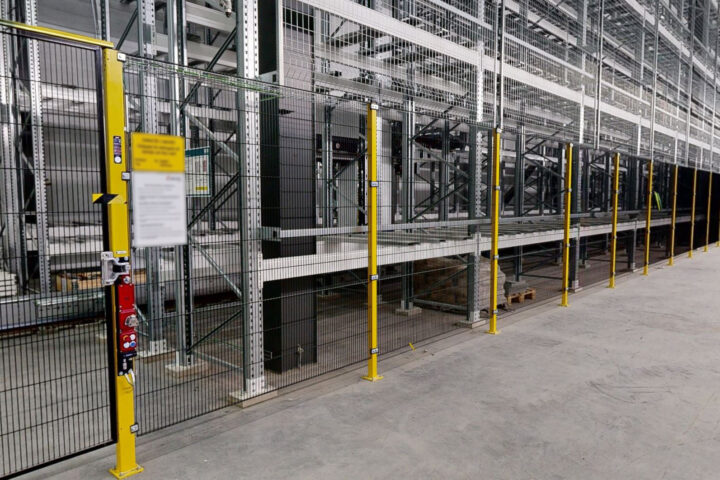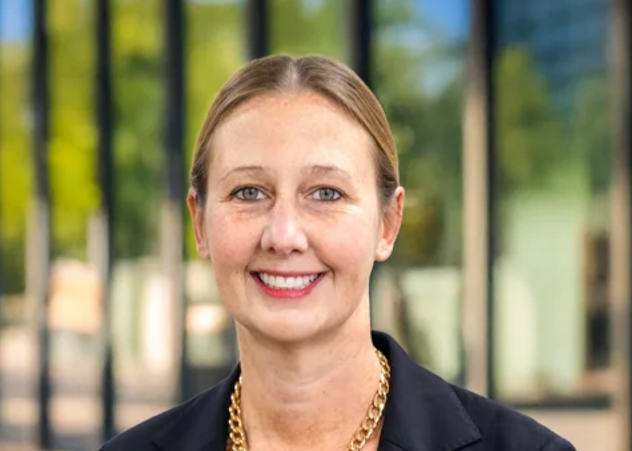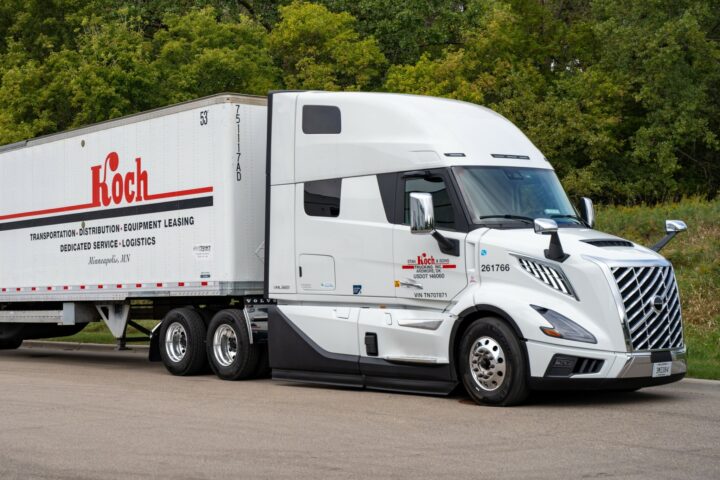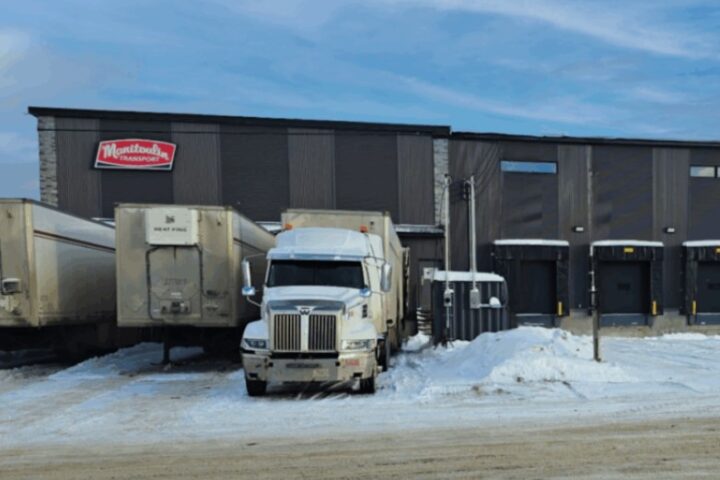International’s newly unveiled eRH electric regional-haul truck is a glimpse into Traton Group’s broader strategy to future-proof its global brands through modular hardware, software-defined architectures, and autonomous capabilities.
Despite growing uncertainty in the North American market, International president and CEO Matias Carlbaum said the company never considered delaying the eRH’s release or pausing its investments.

He said the eRH project began shortly after Traton acquired Navistar in 2021, with development accelerated by internal research and development (R&D) and support from across the group. The new Class 8 electric vehicle aims to expand the brand’s offering beyond school buses and medium-duty electric vehicles into more complex use cases requiring up to 300 miles (480 km) of range.
“We moved a little bit in time, but not that much. The timing was very close to where we’re at now,” Carlbaum told TruckNews.com at ACT Expo in Anaheim, Calif., adding that delaying the project “was never, never, ever on the table. The best moment is to do it is as soon as possible, and gradually take our customers in their journey of going towards electrification.”
Canadian fleets will have access to the eRH at the same time as their U.S. counterparts, Carlbaum confirmed.
The eRH launch marks a major step in helping International’s customers navigate the broader electrification journey, which involves more than just the vehicle itself — including “unknown variables” like charging infrastructure and route planning. Compared to simpler use cases like electric school buses, the eRH now supports longer distances and more complex operations.

“It has been a journey where we have matured a lot. Now we will bring those learnings into this application,” he said.
While Carlbaum acknowledged the “immature market” and some early supplier disruptions, he emphasized that Traton’s long-term investment plan remains intact.
“Not one euro, dollar, yen, [or] RMB, or whatever you want, has been taken off the table. On the contrary, investments are higher than ever,” he said. Carlbaum further explained that while current regulatory changes in the U.S. are still uncertain, they won’t affect Traton’ss medium-term investment plans, made at the group level.
“You have to have a TCO that pays the bills”
International president and CEO Matias Carlbaum
In the short term, he acknowledged that adoption curves may shift, especially as early market growth was driven by subsidies and emissions mandates. But over time, he emphasized, electric trucks will need to stand on their own financially.
“You have to have a TCO that pays the bills, otherwise you’ll never skate. [You] can’t be standing, asking for others to do your work.”
Whether that inflection point arrives sooner or later, it is coming — and fleets and OEMs should use this time to prepare, learn, and build the operational experience to scale.
“Is that seven years from now? Well, is it five? Is it eight?… It’s not 20 years from now. It’s not next year. So, when this comes, we need to be prepared,” Carlbaum said.

While he said that global fleets are leading the electrification efforts, smaller fleets will also play a role — particularly those with niche applications where EVs are already feasible. He pushed back on assumptions that electrifying the entire U.S. trucking network would be immediately necessary or practical. Instead, he advocated for a more localized, phased approach, focusing on key corridors or port regions.
“Let’s start digging where we’re standing and take it from there,” he said of smaller fleets and regional hubs.
Traton’s global roadmap
Traton’s approach hinges on what it calls its “trade modular system” — a flexible hardware and software platform that underpins development across International, Scania, Man, and other Traton brands.
“We’re trying to create…architecture so we can develop products that are more or less plug-and-play into this system that we will use that around the globe,” said Catharina Modahl Nilsson, member of the executive board and head of group product management at Traton Group.
Modahl Nilsson said Traton has, as of April 1, consolidated global R&D across regions and brands. This allows for components, tools, and software to be shared or localized depending on the market — useful at a time when Europe continues pushing full-speed toward electrification, while North America sees slower momentum.
“For example…we see that autonomous hub-to-hub will come in the U.S. before it comes to Europe,” Modahl Nilsson added.
“We try to bring all these R&D capabilities and… pick and choose for the different brands,” she added. “Suddenly, I’m not too worried that there is a little bit of delay in some areas, because there’s usually someone else is pulling ahead.”
When asked whether Traton is concerned about software conflicts between components, Modahl Nilsson said that Traton is well-positioned because it has long developed its own code for powertrain and engine management. However, she emphasized that as trucks become more software-defined, it’s critical for OEMs to own and control the entire software architecture, especially to enable fast, functional over-the-air updates.
“That is what we are seeing now being developed with the software-defined vehicles. And the great thing with doing that is that, normally, if you go and buy a product, you buy a product with functionality, and when you need more functionality, you buy a new product,” she said. “But with software-defined [vehicles], we will be able to change the functionality over the lifetime of the vehicle.
“The software-defined vehicles is very important for us, because we believe that with that, we can shorten the time to market, and we can also bring a lot of new functionality into uptime, into TCO, but also into safety,” Modahl Nilsson said.
When asked about the autonomous vehicles, both Modahl Nilsson and Carlbaum expressed certainty that it’s not that far ahead in the future.
Carlbaum said that while the shift to zero-emission vehicles is a significant evolution, it’s the rise of autonomous, software-driven systems that represents the true revolution in trucking.
“Two, three years ago, I was the first one to say it’s just moving further away every year,” he said of autonomous trucking. But recent advances in AI, modeling and simulation, and processing power have accelerated the development. “The speed that’s in there today, and the technical capability, the processing power, everything…we got it, it’s here.”
Carbaum added that the U.S. is well-positioned for early deployment, given favorable geography for deployment and favourable regulations.
Modahl Nilsson highlighted the Texas triangle, an area encompassing Austin, Dallas-Fort Worth, Houston, and San Antonio, as a key region for autonomous vehicle development, particularly hub-to-hub.
“It is amazing how fast the development of these AI models is happening. It’s amazing also to see how much resources these tech companies are putting into this, because they see that there’s the future,” she said. “We have to figure out how do we apply that to our operations? Because I think there will be big changes. I don’t think anyone is prepared for what’s coming.”




